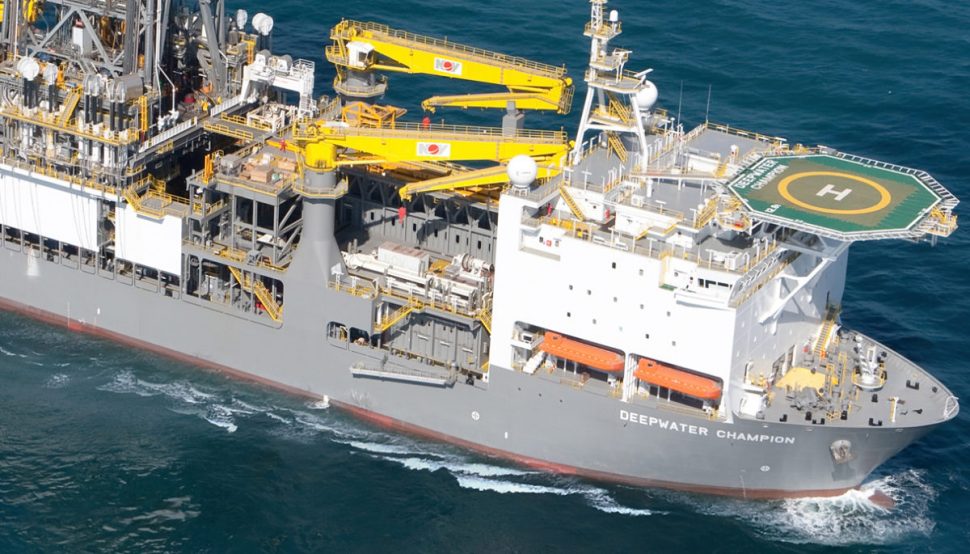Some of the world’s biggest energy companies are gearing themselves to take a ‘tilt’ at mega investments in the recovery of giant oil and gas deposits, from liquefied natural gas in Mozambique to deep-oil in Guyana.
Even as investors hold their breath before finding out whether these major risk-takers have learnt their lesson, from what Oil Industry News described in a Thursday, August 16th report, as the “$80 billion of cost blowouts in major projects during the era of $100-crude.”
The Oil and Gas News disclosure draws on a report prepared by Angus Rodger, Research Director for upstream oil and gas at Wood Mackenzie, a global energy, chemicals, metals and mining research and consultancy group.
According to the report the world’s largest energy companies are readying themselves to sink about US$300 billion into what it describes as “the first slate of mega-projects since the price crash of 2014. Oil and Gas News says that the ever-growing deposits being reported by ExxonMobil offshore Guyana are among the finds that will attract massive volumes of spending in 2019 and 2020, significantly exceeding amounts spent between 2015 and 2017.
The report says that what it describes as a likely spending “spree” by the world’s oil giants will provide “the first real test to the capital discipline that energy companies have vowed they adopted after oil’s collapse, when they downsized their ambitions and began to complete projects on time and below budget.” According to the report, prior to the crash “the 15 biggest oil and gas projects combined went $80 billion over budget, eating away at investor returns.”
In July, Exxon announced that that it had upped its estimate of the discovered recoverable resources for the Stabroek Block offshore of Guyana to more than 4 billion oil-equivalent barrels, up from the previous 3.2 billion barrels. It listed the offshore Guyana finds along with “other upstream growth projects in the U.S. Permian Basin, Mozambique, Papua New Guinea and Brazil” as adding confidence to the Company’s predicted growth plans announced earlier this year.
The Company had said that the “outstanding resource quality” across the aforementioned “opportunities” coupled with its own “industry-leading project execution capabilities…….will provide great value to resource owners, partners and our shareholders.”The Wood McKenzie Report had said that several years of oil prices in the $100s, at the start of the present decade, had pushed oil companies to tackle major projects aimed at extracting as much oil and gas as they could, thereby pushing costs way above original estimates. Those cost overruns “on projects sanctioned from 2008 to 2014,” the report said, had the effect of shrinking returns on investment to 12 per cent, from an estimated 19 per cent, at the time of investment.
Up until recently, those weak returns coupled with falling oil prices, beginning in 2014, had forced energy companies to resort to more manageable investments; targeting smaller fields or expansions of existing projects which were cheaper and could be finished quicker. Fields, sanctioned since 2014, have on average been delivered ahead of schedule and under budget, Wood Mackenzie said.





